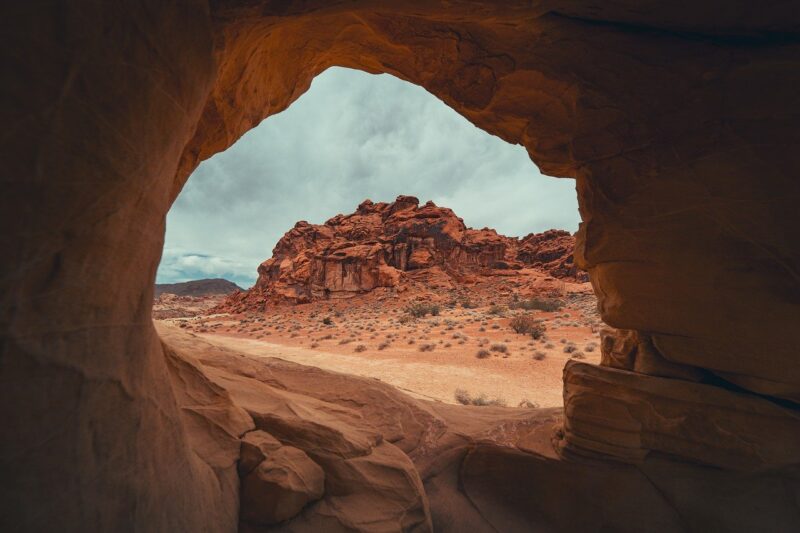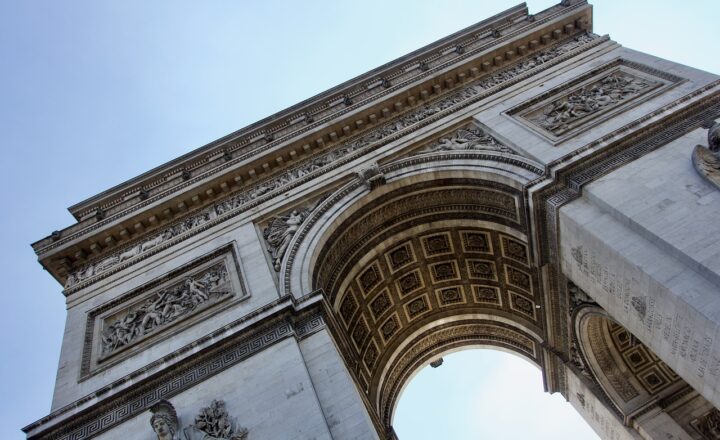How Humans Have Documented Their History Through Art and Symbols
November 16, 2024

Art has been an essential component of human culture, serving as a means of expression, communication, and documentation throughout history. From primitive cave paintings to modern digital creations, humans have used art and symbols to encapsulate their stories, beliefs, and experiences. In this article, we will explore how various forms of artistic expression have played a pivotal role in documenting human history, serving as an enduring legacy for future generations.
1. The Origins of Art as a Recording Tool
The earliest evidence of artistic expression dates back to prehistoric times. Cave paintings, such as those found in Lascaux, France, provide a glimpse into the lives of early humans. These paintings often depicted hunts, animals, and symbolic figures that reflect their beliefs and social structures.
– **Cave Paintings**: The famous Lascaux cave paintings, which date back approximately 17,000 years, illustrate large animals and hunting scenes. They are thought to serve not only as a record of the hunt but also as a spiritual or ritualistic act intended to ensure a successful outcome.
– **Rock Carvings and Petroglyphs**: These outdoor engravings further contributed to the documentation of human experiences. Petroglyphs can range from simple symbols to complex scenes that depict aspects of daily life, rituals, and cosmological beliefs.
These early art forms show that even in prehistoric times, humans felt the need to document their experiences and environment, leaving a visual legacy that transcends time.
2. Symbols and Language: The Evolution of Artistic Documentation
As societies evolved, so did the complexity of artistic expression. The introduction of symbols and written language allowed for more nuanced methods of documentation.
– **Hieroglyphics**: Ancient Egyptians used hieroglyphics, a formal writing system combining logographic and alphabetic elements, in their art. These symbols documented everything from daily activities to religious beliefs, with monumental temples and tombs adorned with intricate carvings that conveyed messages intended for the afterlife.
– **Cuneiform Writing**: In Sumer, the development of cuneiform writing marked a turning point in the recording of history. This wedge-shaped script was used on clay tablets to document laws, trade transactions, and literature, highlighting the rise of complex civilizations.
This transition from purely visual forms of art to a system incorporating symbolic language reflects humans’ growing need for detailed and precise documentation.
3. Art Through Ages: Capturing Societal Changes
Throughout history, art has continually adapted to reflect societal changes, capturing movements, technological advancements, and cultural shifts.
– **Renaissance Art**: The Renaissance period brought about a dramatic shift in artistic expression, as artists began to focus on realism and human experience. Paintings such as Leonardo da Vinci’s “The Last Supper” or Michelangelo’s sculptures served to document religious narratives while showcasing the advancements of humanism, science, and perspective.
– **Political Art**: The power of art has often been harnessed for political purposes. Artists like Francisco Goya highlighted the brutality of war through works such as “The Third of May 1808,” which critiques violence and oppression. Similarly, the works of Diego Rivera celebrated social issues and the struggles of the working class.
By documenting both the beauty and the tragedy of life through art, artists provide critical insights into the human condition throughout various historical contexts.
4. Modern Art: A Reflection of Current Society
In contemporary society, art continues to serve as a reflection of human experiences. Modern art movements tackle issues such as identity, race, and technology.
– **Street Art**: Street art has emerged as a prominent form of commentary on social and political issues. Artists like Banksy use public spaces to voice their perspectives on war, consumerism, and inequality. These works provoke thought and discussion, allowing for real-time documentation of societal issues.
– **Digital Art and Social Media**: The rise of the internet has transformed how art is created, shared, and perceived. Digital artworks and viral memes often serve as a reactive form of documentation, capturing moments, trends, and movements as they happen.
This evolution highlights the dynamic nature of art, demonstrating its power to adapt and respond to current events and cultural shifts.
5. The Importance of Art in Cultural Heritage
Art not only helps document history but also preserves cultural heritage for future generations. Many societies use artistic expression to maintain cultural traditions
, tell stories, and pass knowledge down through generations.
– **Indigenous Art**: Indigenous cultures worldwide have used art as a storytelling medium, communicating their history, cosmology, and connection to the land. This artwork is vital in preserving their identity and resilience against colonization.
– **Museums & Archives**: The establishment of museums and art galleries has created spaces for documenting and celebrating historical artistic achievements. These institutions curate collections that educate the public about cultural histories and their significance.
Preserving art as a form of documentation allows future generations to connect with their ancestry, understanding the values, struggles, and triumphs of those who came before them.
Conclusion
Art has always been more than mere decoration; it is a powerful documentation tool that encapsulates human experiences across time and culture. From prehistoric cave paintings to the dynamic street art of today, artistic expression continues to evolve, reflecting societal changes, individual stories, and cultural legacies. As we interpret these artworks, we gain invaluable insights into our history and the diversity of the human experience.
As we forge ahead, the importance of documenting our shared history through art and symbols remains vital. Engaging with these expressions not only preserves our past but also informs our future, ensuring that our stories are told, remembered, and celebrated for generations to come.








